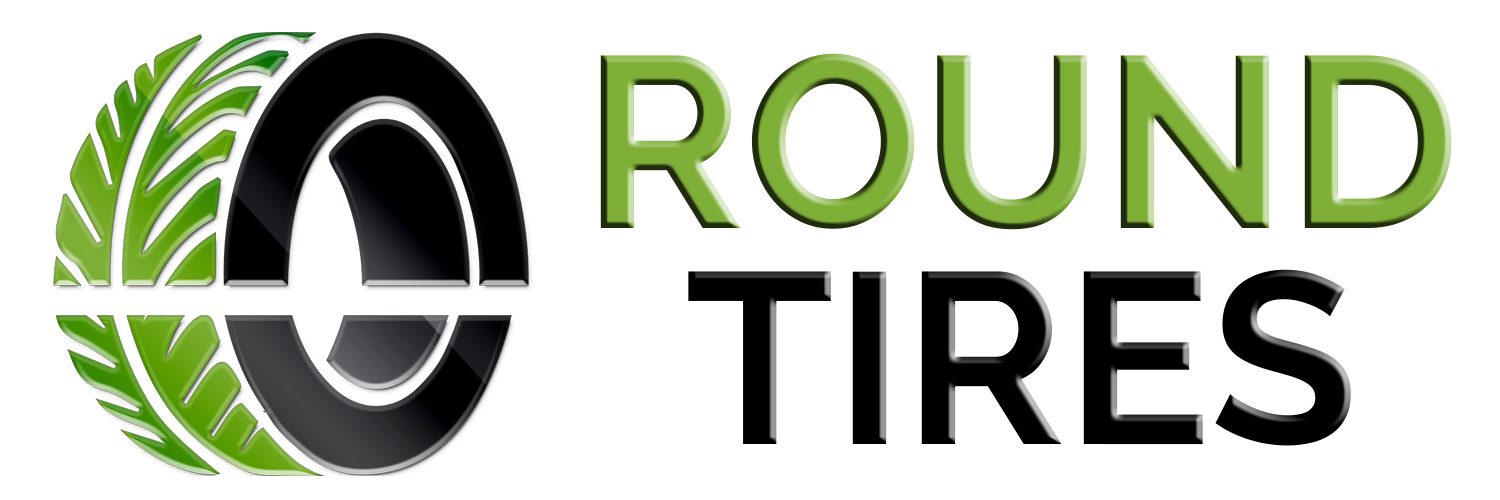Firestone was initially situated in Akron, Ohio, likewise the old neighborhood of its archrival, Goodyear, and two other fair-sized contenders, B. F. Goodrich and General Tire and Rubber. Established on August 3, 1900, the organization started its operation with 12 workers. Together, Goodyear and Firestone were the biggest providers of car tires in North America for more than 75 years. In 1906, Henry Ford picked Firestone to supply tires for its vehicle models.
In 1918, Firestone Tire and Rubber Company of Canada was joined in Hamilton, Ontario, and the principal Canadian-made tire moved off the line on September 15, 1922. During the 1920s, Firestone delivered the Oldfield tire.
History: how it all started and where it reached
In 1900, Harvey S. Firestone set up the Firestone Tire and Rubber Company in Akron, Ohio. Firestone depended on different organizations to fabricate the rubber. Firestone essentially attached the rubber to steel carriage wheels. The Firestone Tire and Rubber Company earned more than 100,000 dollars in benefits in its first year of activity. In 1903, the organization started to make rubber, and in 1904, the firm continued to foster pneumatic tires for vehicles. In 1905, Henry Ford submitted his first request for tires from Firestone. Firestone quickly recruited extra laborers, raising the number of representatives from one dozen to 130. The following year, the Firestone Tire and Rubber Company delivered more than 28 thousand tires and sold more than 1,000,000 dollars worth of tires. By 1910, the organization made more than 1,000,000 tires. Firestone’s advancements in tire designing permitted cars to travel quicker and all the more securely.
Tires for Car Racing
Firestone likewise became associated with creating tires for car races. In 1911 the 1st car that won Indianapolis 500 utilized Firestone tires. Somewhere in the range of 1920 and 1966, each vehicle that dominated the race utilized Firestone tires. The organization likewise started to open car administration stations, where clients could buy tires and different things for their vehicles. From 1928 to 1964, Firestone likewise supported a week after week radio program named the “Voice of Firestone.” All of these exercises assisted with making Firestone an easily recognized name by the mid-20th century.
From 1950 to 1974, Firestone was also giving tires to Formula One. In August 1974, Firestone decided that it was leaving professional motorsport with two exceptions. They wanted to decrease their testing budget. When the 1974 season was coming to an end, Firestone announced complete withdrawal. Later Firestone came back in the CART series in the year 1995. Bridgestone assisted them. In 1999 Firestone supplied tires for IndyCar Series.
Issues with Laborers
While the Firestone Tire and Rubber Company succeeded, its laborers, in some cases, struggled. In the early 20th century, laborers confronted helpless working conditions, low wages, and practically no advantages. While trying to mitigate their conditions, laborers set up an association named the United Rubber Workers in 1935. The following year, this association coordinated its first significant strike inside Akron’s rubber industry.
The strike started as a dissent against an arrangement made by Goodyear to diminish wages and increment the speed of creation. He used the idea of the “plunk down” strike. Before, when laborers protested, they would pass on the industrial facility to join picket lines. Organization proprietors regularly recruited “scab” workers to cross the picket lines and proceed with creation. The act of utilizing scab work made it hard for striking workers to acquire their requests.
Interestingly, in a plunk down strike, laborers quit working yet at the same time involved their places inside the industrial facility. This interaction implied that the processing plant proprietors couldn’t send extra laborers to proceed with the work. Likewise, in the industrial facility, the executives were more hesitant to utilize private security powers or different strikebreakers to scare the striking laborers, as that approach undermined annihilation to establish property.
Akron’s civic chairman, Lee D. Schroy, endeavored to send in the police to put down the strike, yet the cops wouldn’t do so when they confronted a great many coordinated workers. The rubber organizations had to perceive the United Rubber Workers and haggle better agreements with laborers in the long haul. One prompt achievement was a six-hour workday.
A few reasons existed for the specialists’ accomplishment in this strike. To begin with, protest strikes made it significantly harder for businesses to supplant their striking laborers. Similarly, as significant in this strike was the central government’s new section of the Wagner Act. This enactment made associations legitimate without precedent for United States history. At long last, the United Rubber Workers had a place with a more significant association, the Congress of Industrial Organizations (CIO). The CIO was comprised of an umbrella association for a considerable length of time. These associations cooperated by giving both moral and material help to CIO-part associations, particularly when these part associations picketed.
Bridgestone Corporation and Firestone
In 1988, the Bridgestone Corporation, a Japanese Company, bought Firestone. Bridgestone is associated with tire production worldwide, making the company one of the biggest of its sort on the planet.
Divisions Operating with Firestone Brand
Many divisions are operating with the Firestone brand. They are Firestone Building Products, Firestone Complete Auto Care, Firestone Industrial Products, LLC, Firestone Natural Rubber Company, etc.
Firestone Industrial Products and Firestone Building Products are present in twenty-three US states and ten other countries. Their headquarters are in Indianapolis. Worldwide they have eleven thousand employees. Firestone is a brand, and it’s very vast as a rubber company providing tires for cars and vehicles and providing quality rubber for multiple other purposes.

